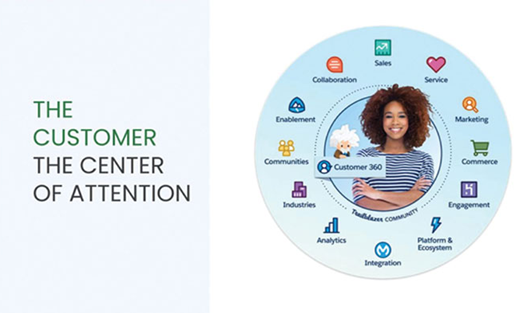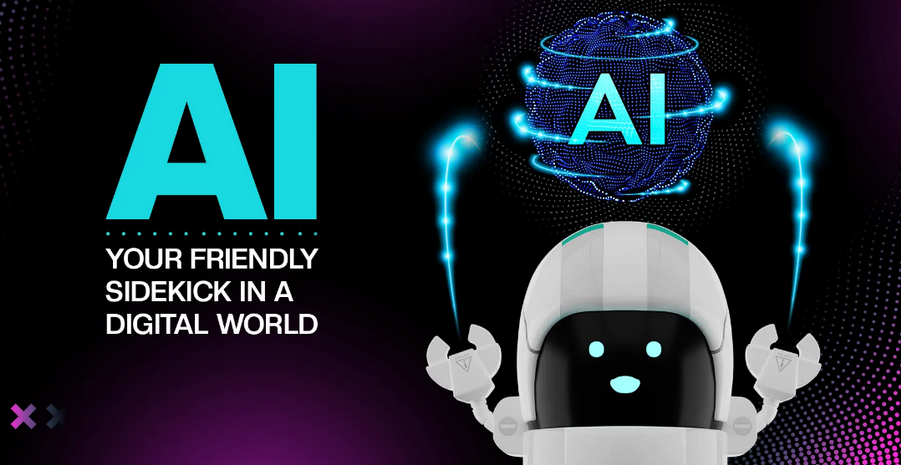Field-level security controls whether a user has access to certain fields in an object. So even if a user has access to an object and access to the record, certain fields can be hidden from the user. So if a company wants to hide the sales quota of sales agents from other fellow sales agents, they can use field-level security to restrict access to the field. Restrict access to data in Salesforce means that the user won’t be able to see the field on the page layout or in reports. It is as if the fields don’t exist.
Field-level security helps in protecting sensitive fields from users without restricting complete access to the object. Field-level security is also controlled by profiles and permission sets.
If you read Salesforce’s marketing collaterals, you will often hear the term Customer 360. What exactly is customer 360, and why should you care?
Customer 360 refers to the complete view of a customer, right from the lead stage to the stage of product/service delivery and beyond. It means you will be able to know exactly where the customer is in their customer journey. The ultimate vision of Salesforce is to provide a complete view of customers to enterprises.
Customer 360 helps to connect marketing, sales, commerce, IT service, and order management for every customer. The connection will lead to improved productivity, increased profitability, and reduced friction and costs.
Customer 360 is thus a collection of tools that connect different Salesforce applications and create a unified view of the customer. Salesforce Customer 360 is an integrated CRM platform that connects your departments and customer data. So, you would have your customer sales data from Sales Cloud, service data from Service Cloud, marketing data from Marketing cloud, and commerce data from Commerce cloud and then use this to create a unified user profile.
Customer 360 means an integrated CRM platform. It is not to be confused with a single product. It is the collection of all Salesforce products, integrated together that forms the Salesforce Customer 360. So it is more like a vision or a concept that Salesforce has, rather than it being a Salesforce product.
When you have Salesforce Customer 360, you will be able to create a unified profile of your customer. That means when a customer comes to your company for any service-related query, you need not ask for details regarding their purchase. You will be able to see all the data in a central place: the integrated CRM. After a successful service experience, you may send the customer a few marketing collaterals for a new offer and thereby increase cross-sell and upsell opportunities. That is the goal of Customer 360.

Figure 1.22: Salesforce Customer 360 (Source: https://craftware.com/customer-360-degree-view-in-salesforce-service-cloud/)

